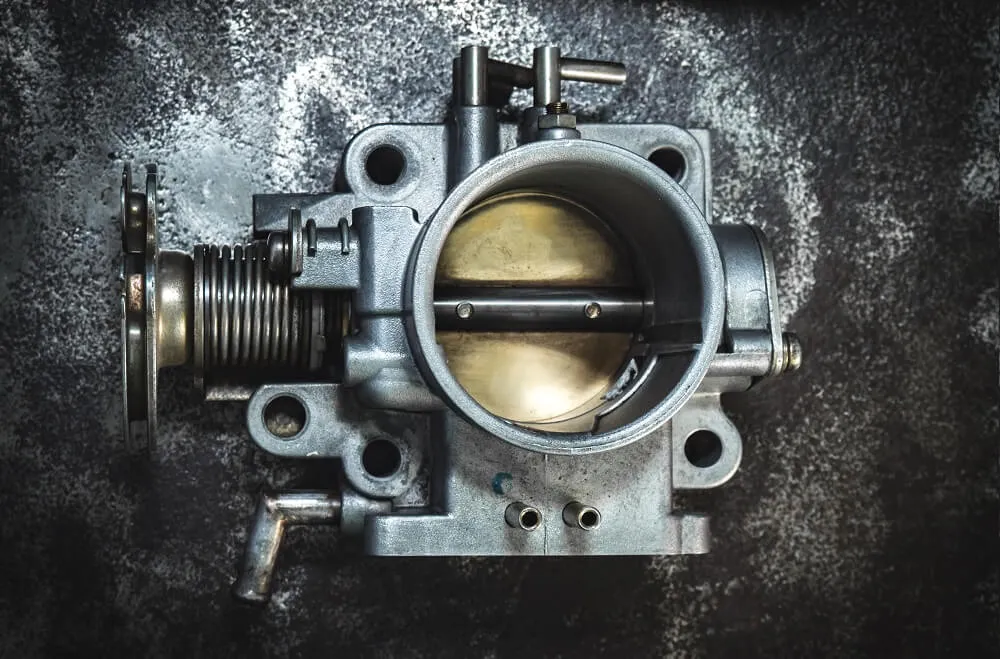
As a car owner, dealing with throttle body issues can be frustrating and impact the performance of your vehicle. The throttle body plays a crucial role in controlling the airflow into the engine, so it's important to address any problems promptly. In this guide, we will discuss common throttle body issues and provide tips and tricks for troubleshooting them effectively. Refer: https://bloxracing.com/collections/throttle-body
Common Throttle Body Issues
1. Dirty or Clogged Throttle Body
- Build-up of dirt, grime, and carbon deposits can restrict airflow and disrupt the air-fuel mixture.
- Symptoms include rough idling, stalling, reduced fuel efficiency, and lack of acceleration.
2. Faulty Throttle Position Sensor (TPS)
- The TPS monitors the position of the throttle valve and sends signals to the engine control unit (ECU).
- Common signs of a faulty TPS include erratic idling, stalling, and issues with acceleration.
3. Vacuum Leaks
- Vacuum leaks can cause air to enter the engine without being properly measured by the MAF sensor.
- Symptoms include rough idling, misfiring, and poor engine performance.
Tips and Tricks for Troubleshooting Throttle Body Issues
1. Clean the Throttle Body
- Use a throttle body cleaner and a soft-bristled brush to remove dirt and carbon deposits.
- Disconnect the battery before cleaning to prevent any electrical damage.
- Ensure the throttle body is completely dry before reassembling.
2. Check the Throttle Position Sensor (TPS)
- Use a multimeter to test the TPS for proper voltage readings.
- If the TPS is out of spec, consider replacing it with a new one.
- Consult your vehicle's service manual for specific testing procedures.
3. Inspect for Vacuum Leaks
- Check the vacuum hoses and connections for any signs of wear or damage.
- Use a smoke machine to pinpoint the source of any leaks.
- Replace any damaged hoses or gaskets to restore proper engine performance.
Preventative Maintenance Tips
1. Regularly Inspect and Clean the Throttle Body
- Include throttle body cleaning as part of your regular maintenance routine.
- Inspect the throttle body for any signs of build-up or deposits.
- Cleaning the throttle body can help prevent future issues and improve engine performance.
2. Use High-Quality Fuel and Additives
- Choose high-quality fuel to prevent build-up of carbon deposits in the throttle body.
- Consider using fuel additives designed to clean and maintain the throttle body and fuel system.
- Follow the manufacturer's recommendations for fuel octane rating and additives.
3. Address Check Engine Light Promptly
- If the check engine light comes on, have your vehicle inspected by a professional mechanic.
- The check engine light can indicate issues with the throttle body or other components of the engine.
- Ignoring the check engine light can lead to more severe problems down the line.
Conclusion
Dealing with throttle body issues can be a challenge for car owners, but with the right tips and tricks, you can effectively troubleshoot and address these common problems. By understanding the symptoms of dirty or faulty throttle bodies, performing regular maintenance, and taking preventative measures, you can ensure optimal performance and longevity of your vehicle's throttle body. Remember to consult your vehicle's service manual or seek help from a professional mechanic for more complex issues.